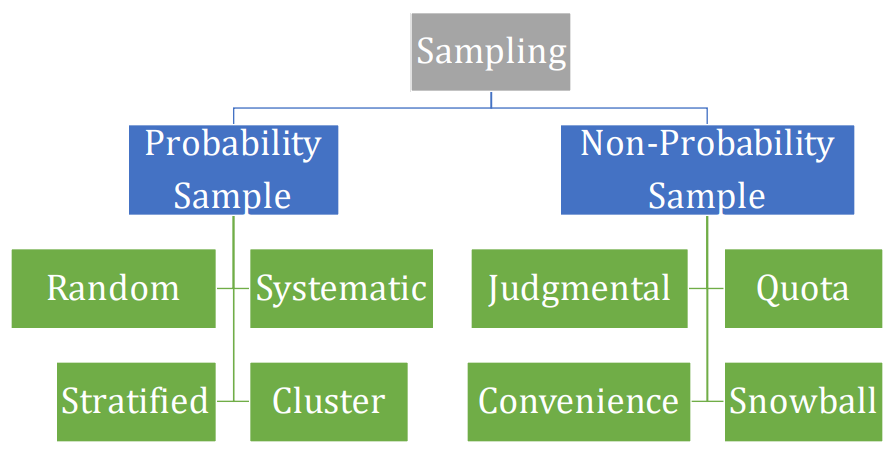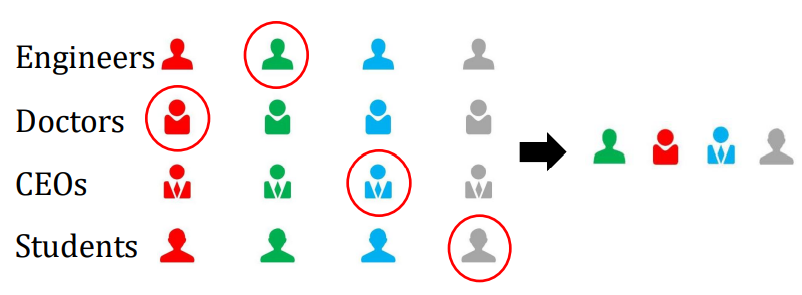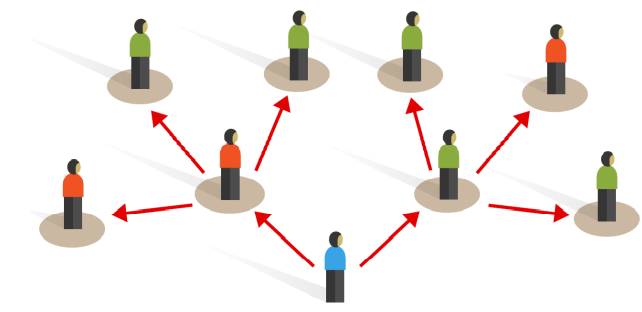
- A Sample is selected in such a way that each item or person in the population being studied has a known (non zero) likelihood of being included in the sample.
- Not all items or people have a chance of being included in the sample. Results may be biased.








